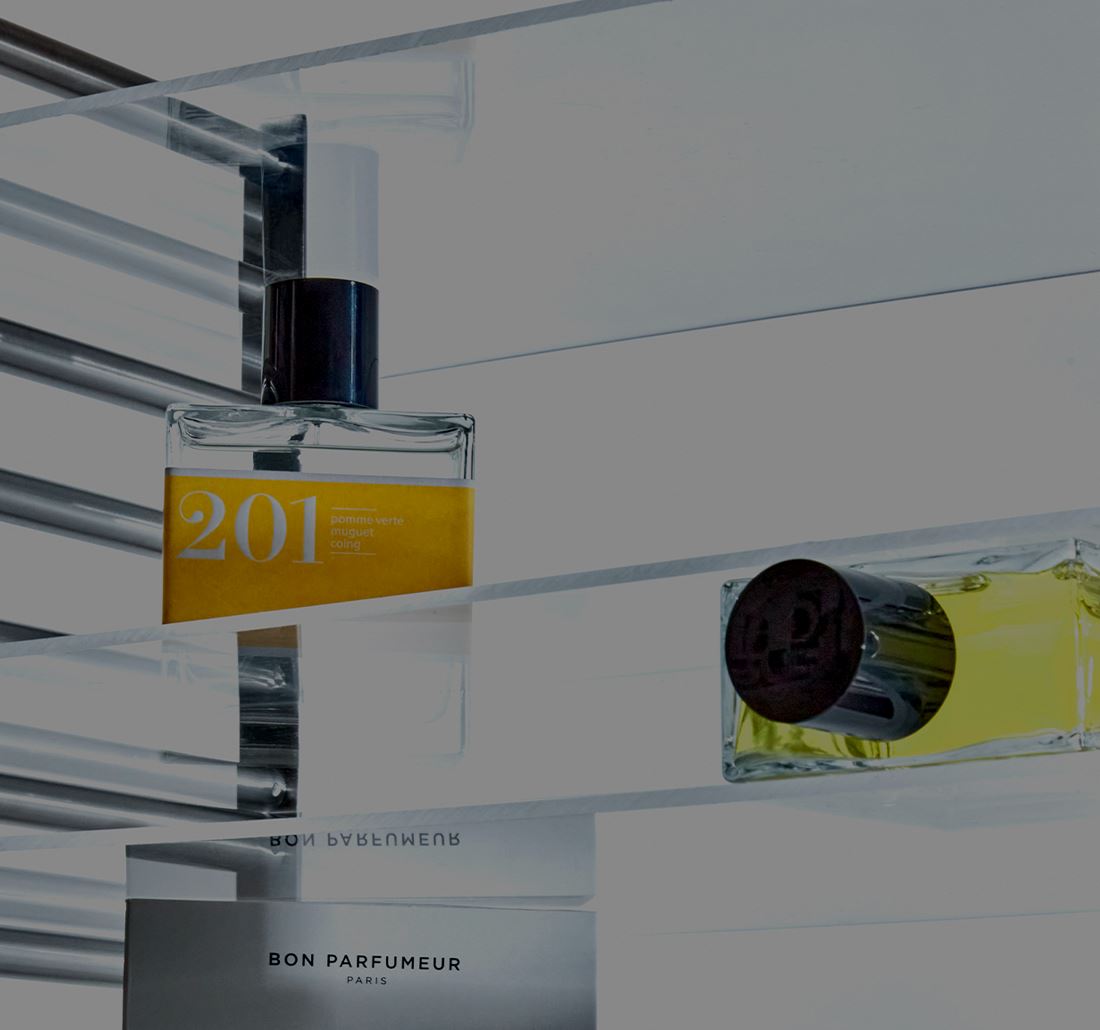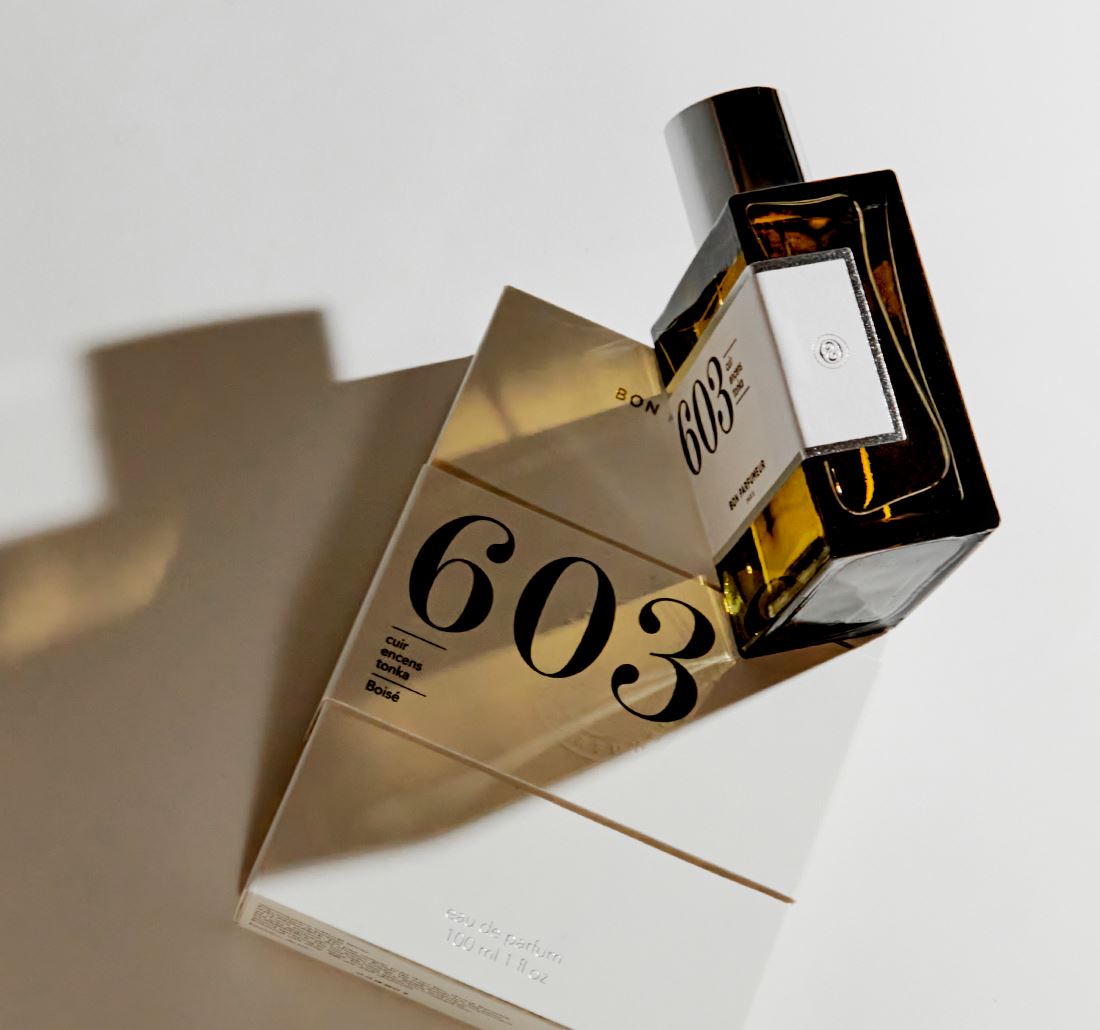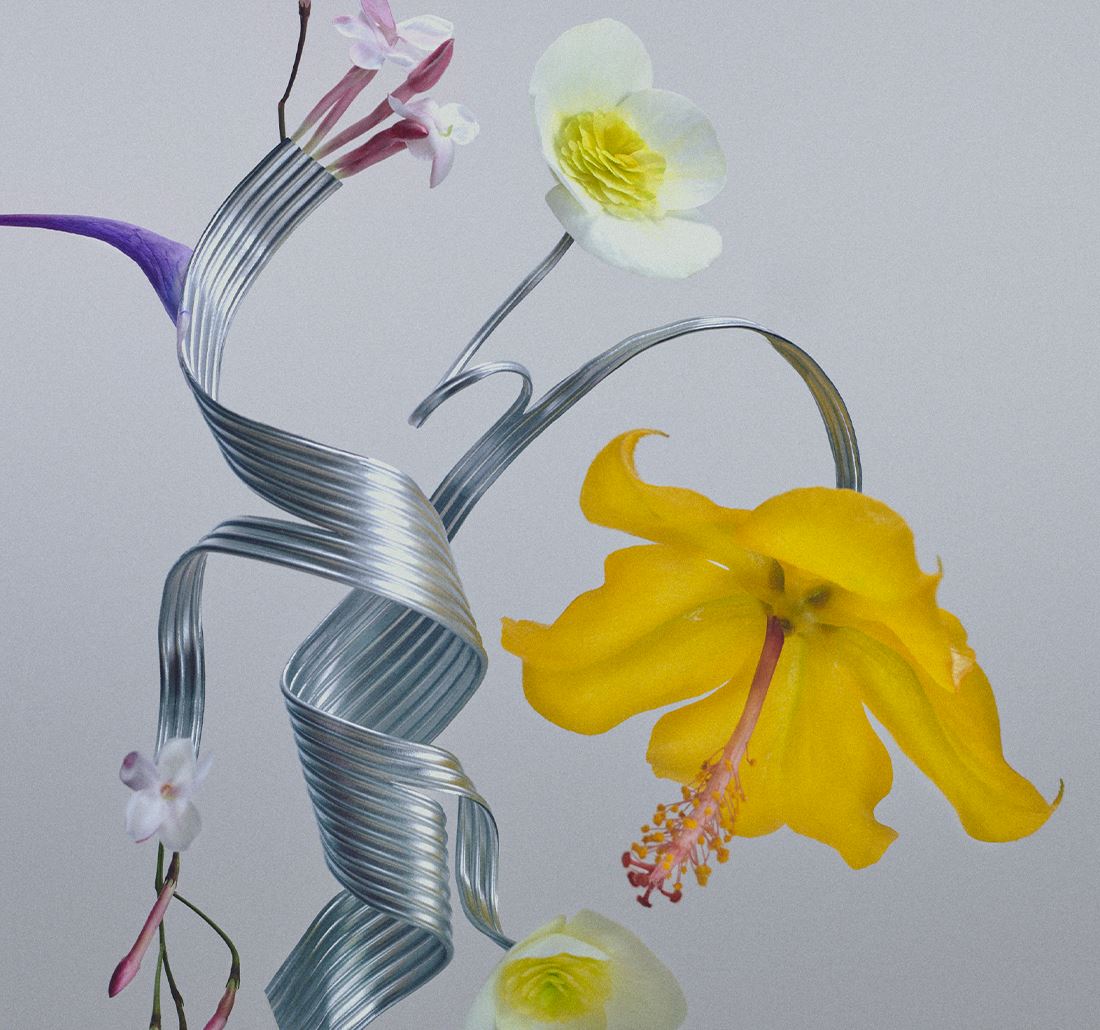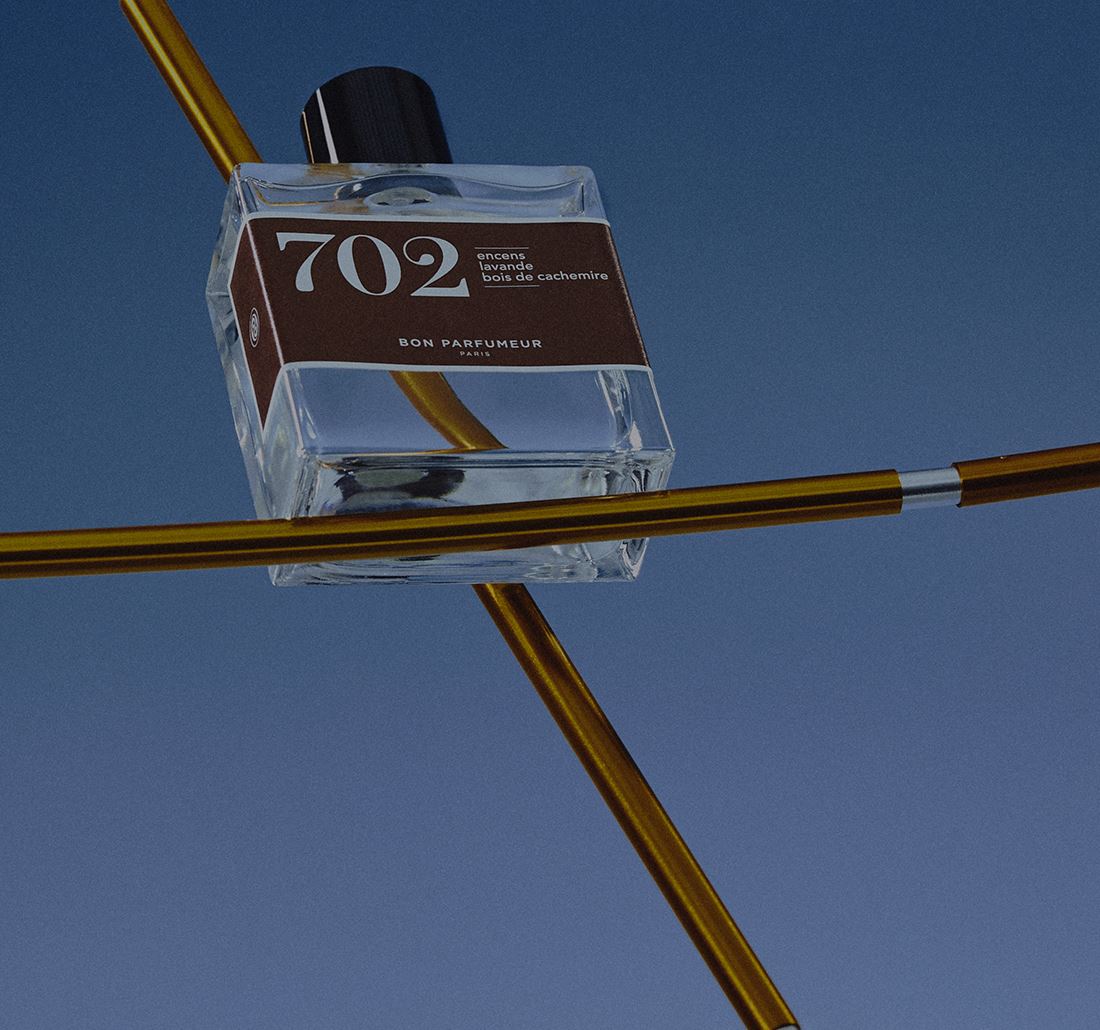SUMMARY
01. How does extraction for perfume work?
02. What plants can be used for extraction?
03. What temperature does perfume extraction require?
Perfume extraction is a relatively new manufacturing technique for making perfume . It has been tested for a long time, but has only really been perfected since the 19th century. But how does it work? And why is it favored today?
How does extraction for perfume work?
To capture the fragrance of certain plants, especially the most fragile ones, the perfume extraction technique is most often preferred. This is one of the techniques we use at Bon Parfumeur. For this, a plant is selected, the Damask rose for example. The rose petals are harvested, then placed on wooden boards that are immersed in a tank containing a solvent. The solvents vary depending on the plants being worked on. The supports with the plants are then removed and the volatile solvent evaporates naturally. A wax, the "concrete", then appears. This wax is then filtered and separated from the odorous particles. What remains is the rose absolute, a concentration of the flowers' fragrance in liquid form without any trace of the solvent. You can enjoy its fragrance as a heart note in Bon Parfumeur's Parfum 101 .
What plants can be used for extraction?
Most often, perfume extraction with hexane as a solvent uses fragile plants like flowers. Ethanol is preferred for drier materials like gums and resins.
Perfume extraction can be performed on rose, jasmine, tuberose, daffodil, or even orange blossom. There is also violet flower, sage, and even tree moss. You then find their scents in the middle note; jasmine is the one Perfume 103 , or as a base note for the absolute labdanum from Spain that you can enjoy in the Perfume 401 .
What temperature does perfume extraction require?
Each plant has specific requirements; extraction is not done cold, but the temperature varies depending on the flower or resin being processed. The mixture is first heated to around 30°C, then, depending on the plant and the solvent, the temperature can go up to 100°C for the extraction of perfume from certain plants.
There are many perfume-making techniques, some of which have been abandoned, such as enfleurage , but others are still used today. Discover how expression , distillation , Natural Print , and Softact work to create today's perfumes.










